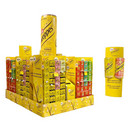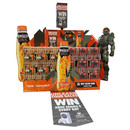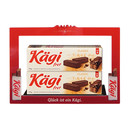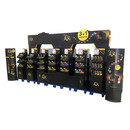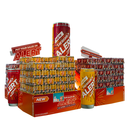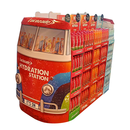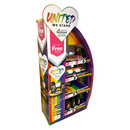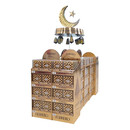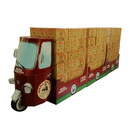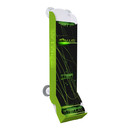Special Promotional Displays: added value marketing displays
Seasonal promotional themes are especially important for wooing customers at the point of sale. Aside from the best known occasions such as Christmas and Easter, seasonal events such as Carnival, Valentine’s Day, World Health Day, Mother’s Day, Father’s Day, Halloween, Football Championships and the Olympics also provide tremendous opportunities to drive brand communications and increase sales through themed promotional displays.




